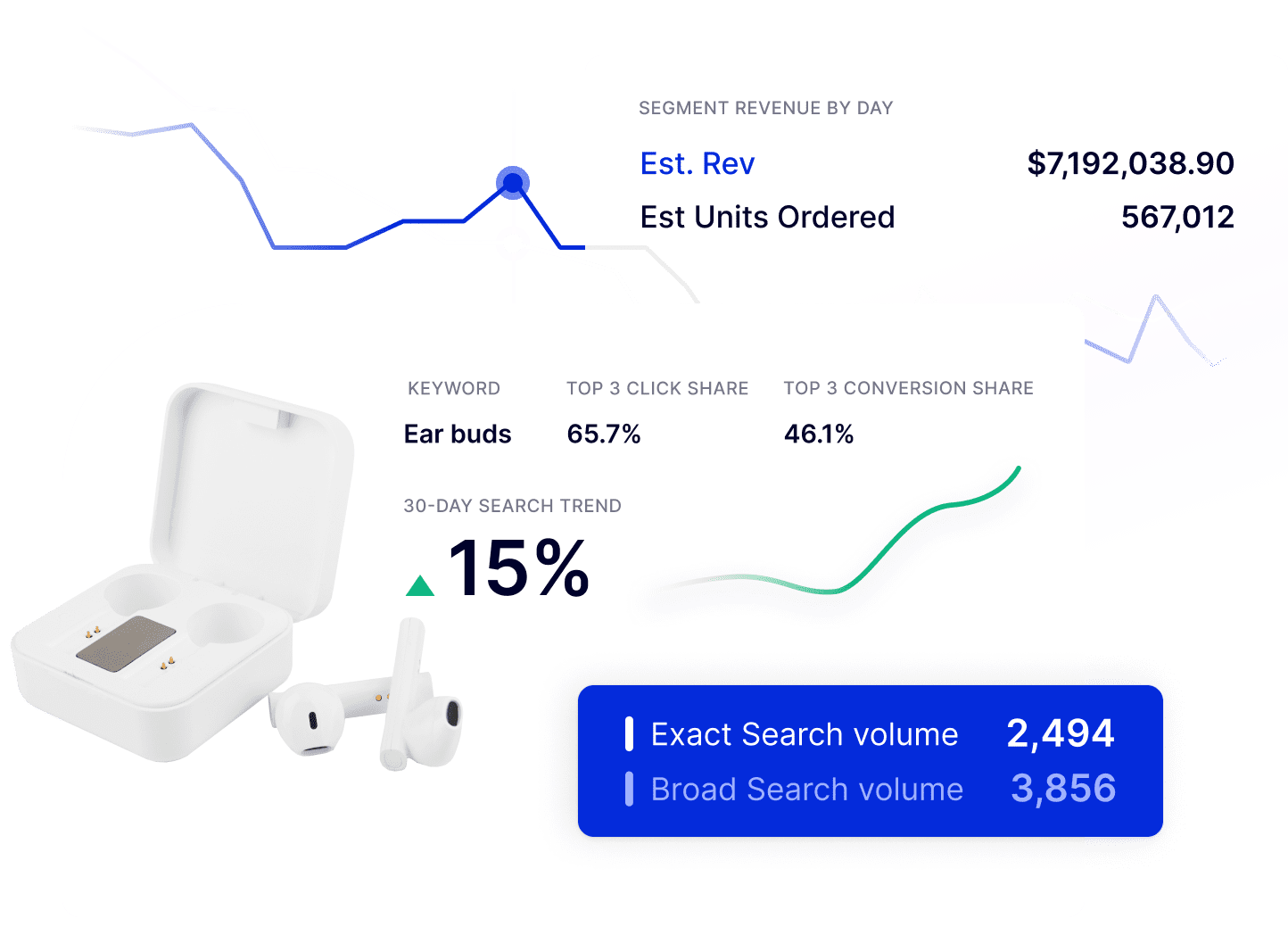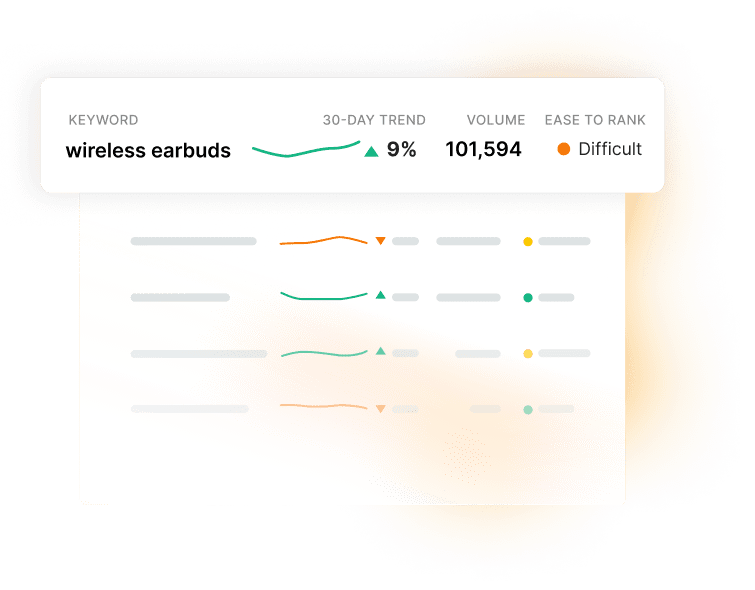

Unlock Amazon Intelligence At Scale
Jungle Scout is the leading Amazon seller software, trusted by over 1 million sellers to drive growth. From SMBs to enterprises, we deliver powerful market intelligence data that helps optimize ecommerce strategies and boost sales.
What are you here to do?
Explore enterprise solutions Accelerate my Amazon business Start selling on Amazon


What are you here to do?
Sellers who used Jungle Scout for a year grew their Amazon revenue an average of 367% by multiplying the impact of every decision with automated insights, simplified workflows, robust data, and unparalleled customer support.
Trusted by leading brands
Designed for large brands, agencies, and enterprise-level sellers on Amazon. Unlock more granular insights around market intelligence, retail insights, digital shelf analytics, and ad optimization.
Explore Enterprise SolutionsPower up your brand, marketplace – or your own data offering – with a vast library of Amazon data and the flexibility to store, query, and incorporate the data using your preferred BI tools.
Explore Data Delivery SolutionsPremium, personalized support for advanced analytics and reporting. Our white-glove service delivers tailored insights and custom reports to help businesses maximize the value of data.
Contact Our Experts
Our engine that powers our estimates and insights around competitor and keyword analysis, rank tracking, product research & more.
Discover Small Business Solutions
Jungle Scout is the #1 trusted solution for building & managing your Amazon business.
See how industry leaders use Jungle Scout’s suite of tools to maximize profits.
Grow your Amazon business with Jungle Scout
Over 1 million sellers, retailers, and global brands use Jungle Scout every day to win on Amazon. Join them today.
Get Started Get Started




















